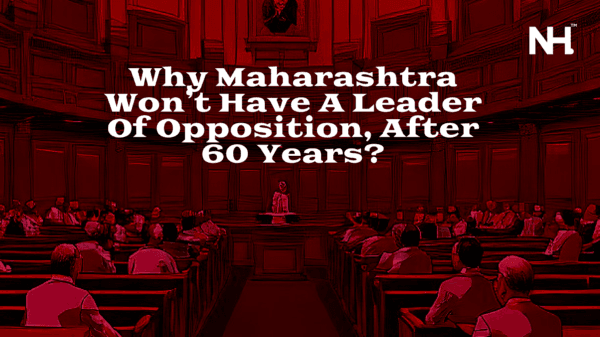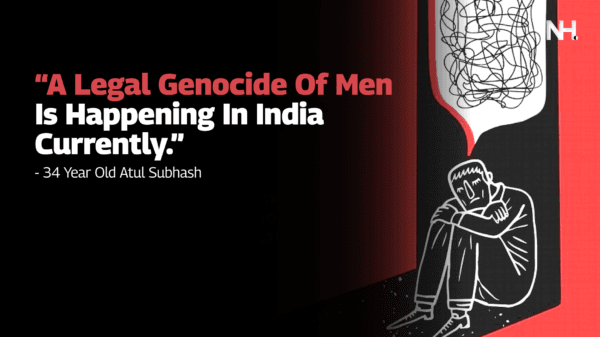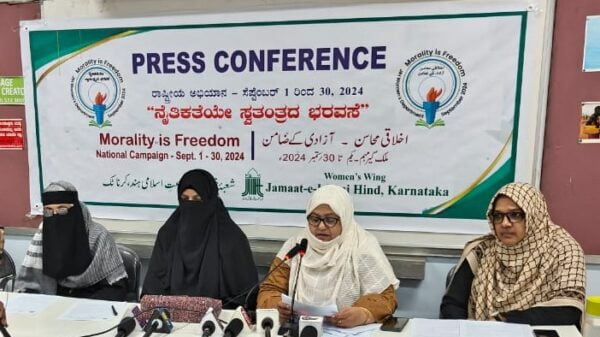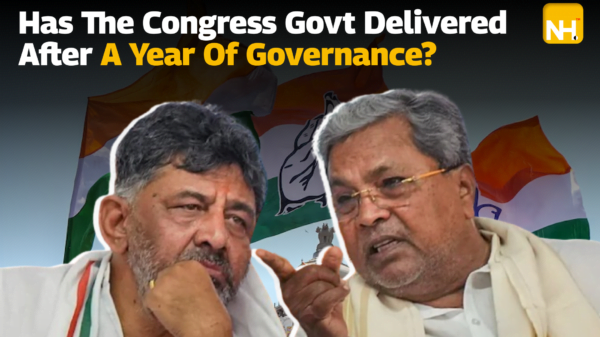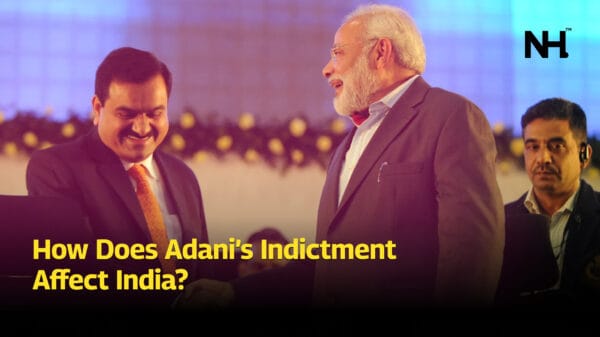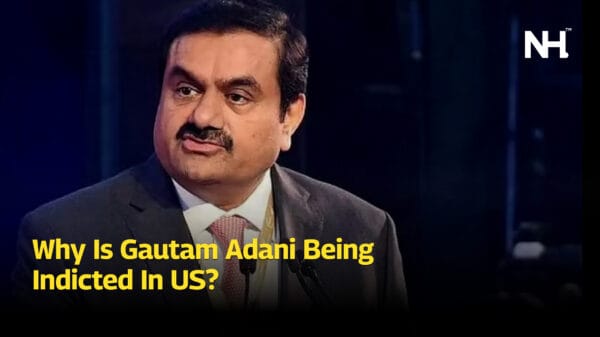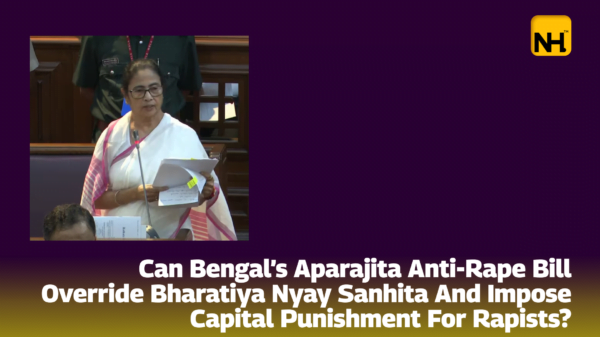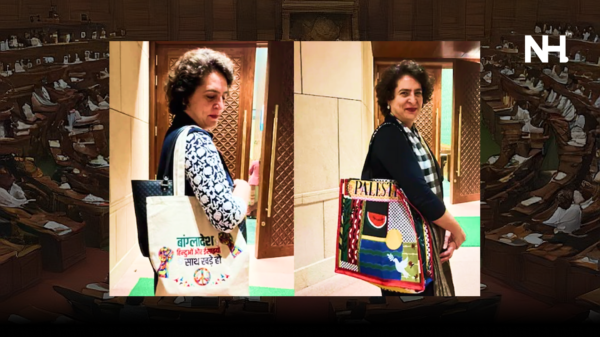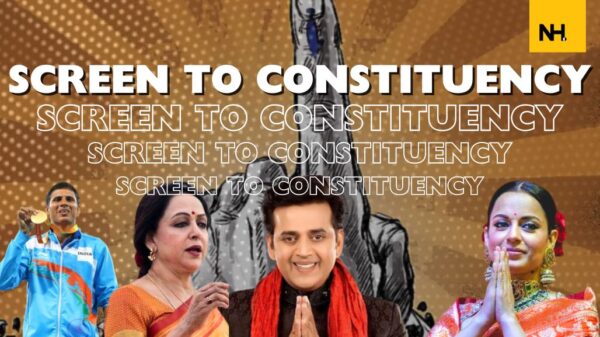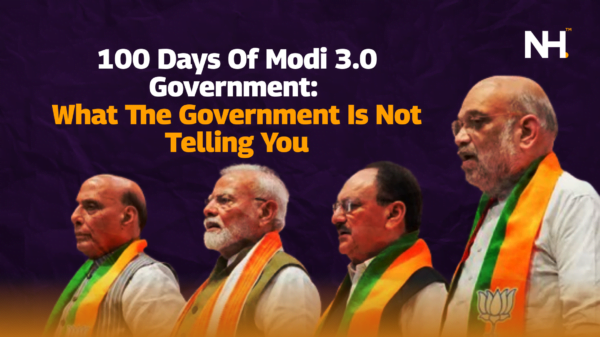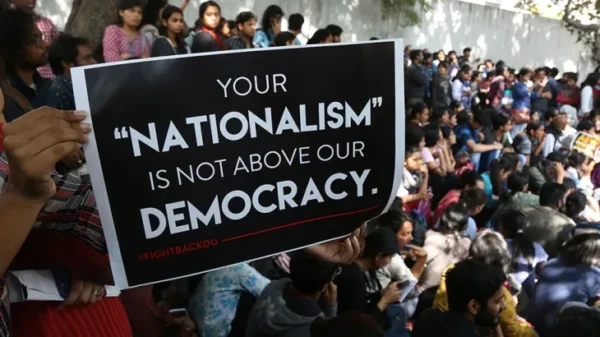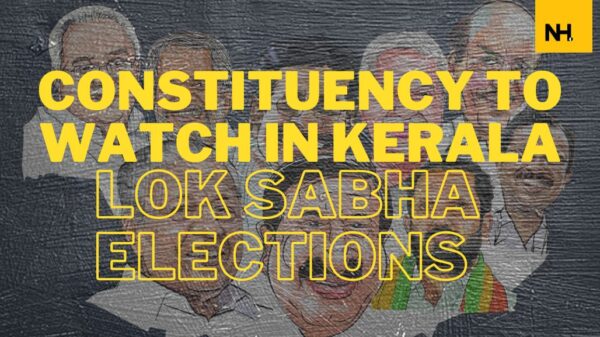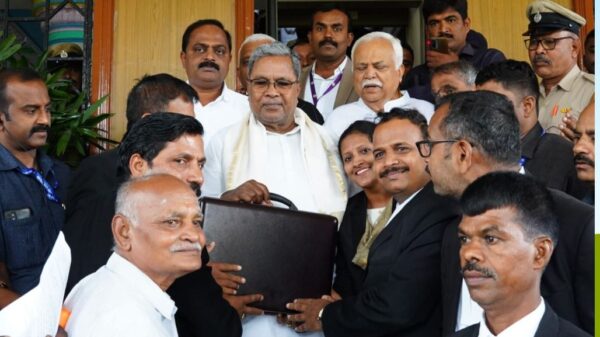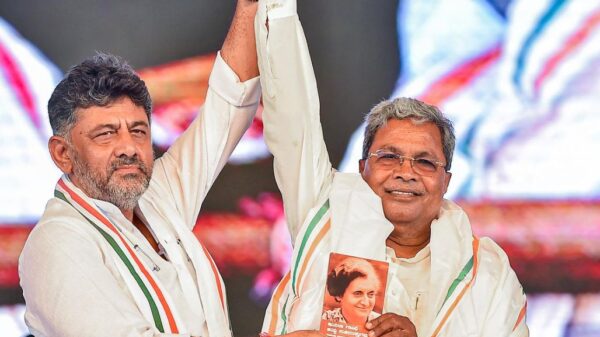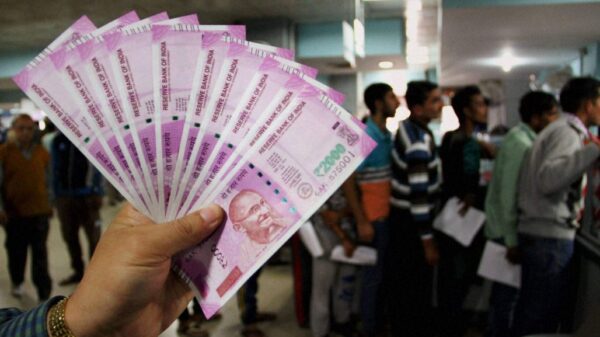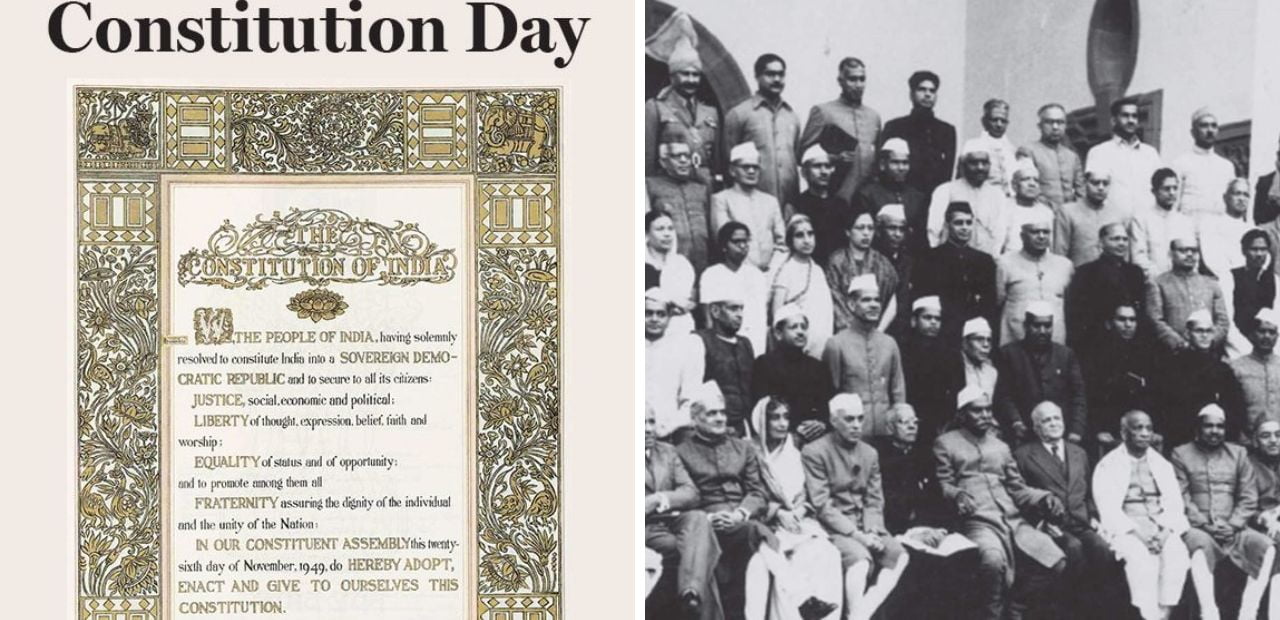The Indian constitution is regarded as one of the best in the world. There are several elements in this elaborate rule book that make it unique and worthy of appreciation. The Constituent Assembly of India was set up on December 6, 1946. It took almost 3 years for the constitution to get ready, as it was implemented on January 26, 1950.
Here are a few reasons why the Indian Constitution is one of the most unique rulebooks in the world

The Constitution of India
A Written Book
The Indian constitution was not typed or printed but handwritten by a calligrapher named Prem Behari Narain Raizada. Raizada, a member of the family of calligraphers was specially asked by the first Indian Prime Minister to write the Indian constitution, which he did in italics style. When asked about the fees, Raizada just wanted his signature on every page of the Indian constitution, and his grandfather’s signature on the last page of the document.
Inspired by many other books
The makers of the Indian constitution studied the constitution of several other countries before drafting ours. Several of the provisions in the Indian constitutions are borrowed from England, America, South Africa, Ireland, and the USSR. However, value was given to the traditions and cultures of our countries, but principals of several other countries helped the makers of our constitution in creating this elaborate document.
Result of persistence

First Meeting of the Constituent Assembly
A constitution as elaborate as the Indian constitution finished in a relatively quick period. From December 9, 1946, to January 24, 1950, as many as 11 sessions were held and over 2000 amendments were made to the draft. The drafting committee of the constitution was made up of people coming from different backgrounds, hence there was a huge scope for debates and discussions on every front.
Amendments
The makers of the Indian constitution gave an important right to the lawmakers to amend the piece when the need arises. Article 368 of the Indian constitution states changes could be made to the Indian constitution. The judiciary in India is supposed to take care of this process as it is referred to as the “final interpreter of the Indian constitution”. The Apex court makes sure that the basic structure of the constitution is not brought into the debate of amendments.
Why was Ambedkar unhappy with the Constitution?

Dr. BR Ambedkar – Chairman of the Drafting Committee of the Indian Constitution
Just three years after the constitution was accepted by the assembly, Dr. Ambedkar stated publically that ” I am quite prepared to say that I shall be the first person to burn it out. I do not want it. It does not suit anybody”.
Contrary to his original stance, Ambedkar wanted the governors to have the power to oversee the state governments. However, in May 1949 he said “the coexistence of a governor elected by the people and a chief minister responsible to the legislature might lead to friction.”
When asked about the change in stance, Ambedkar stated that he was asked to do so.














